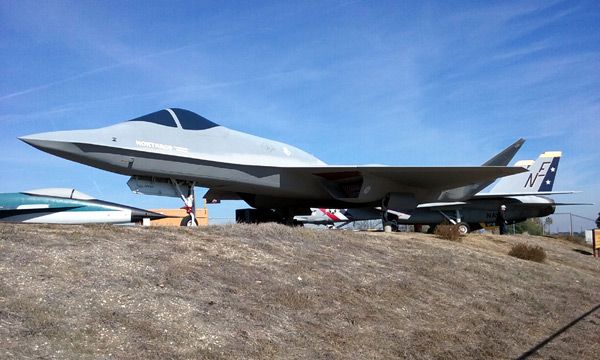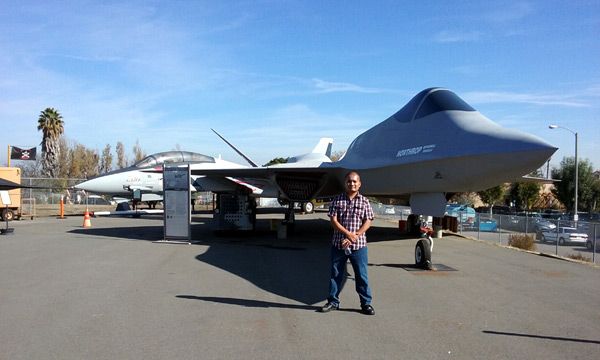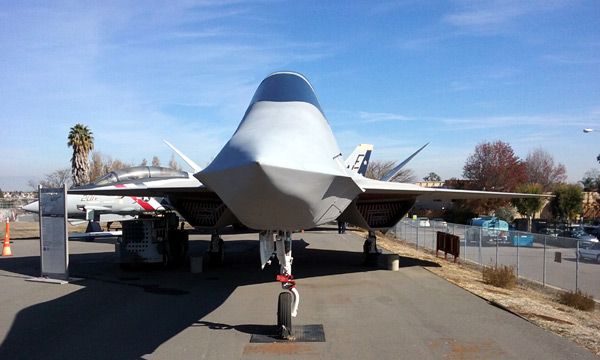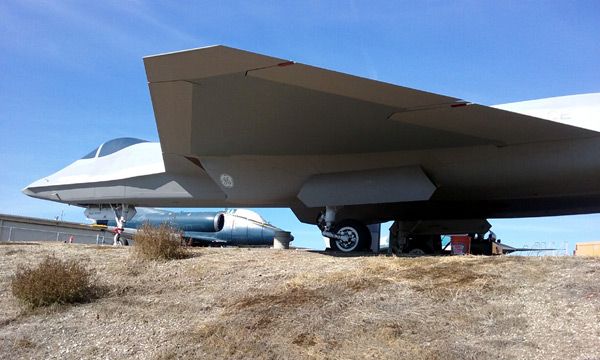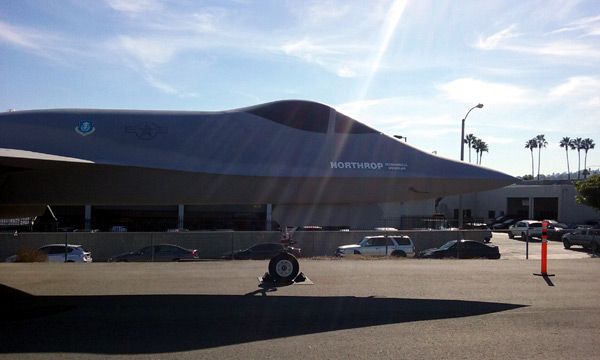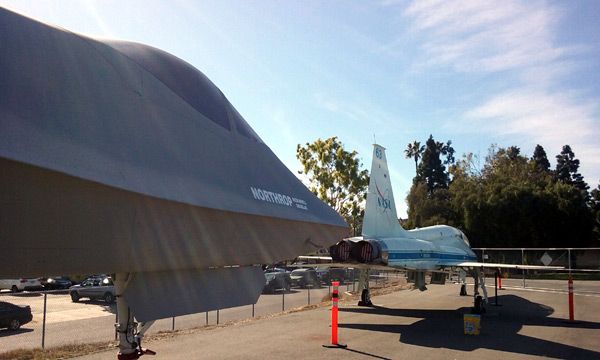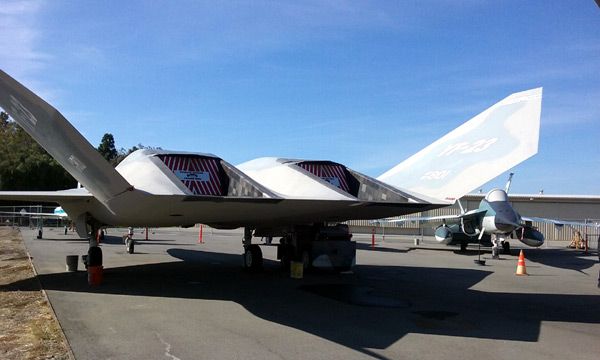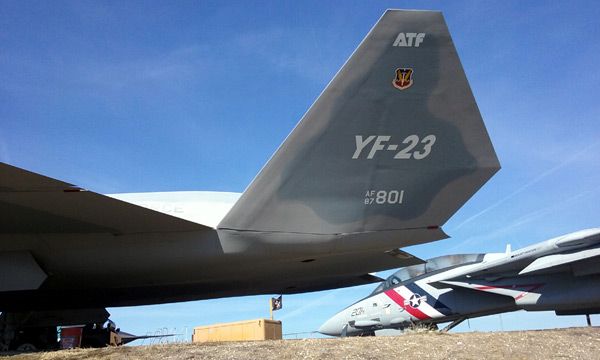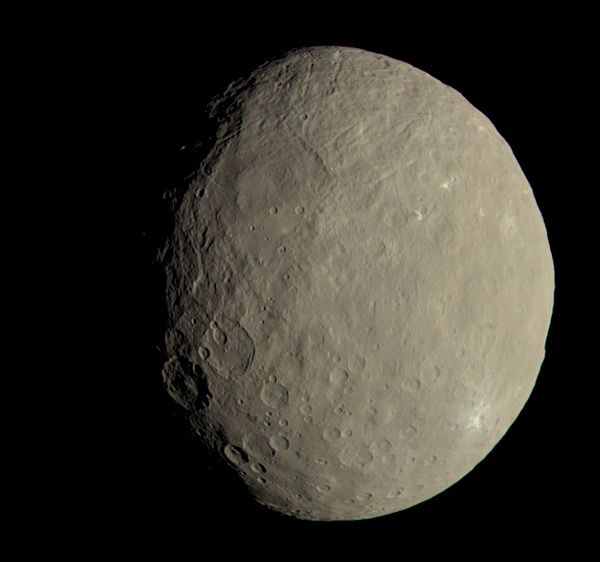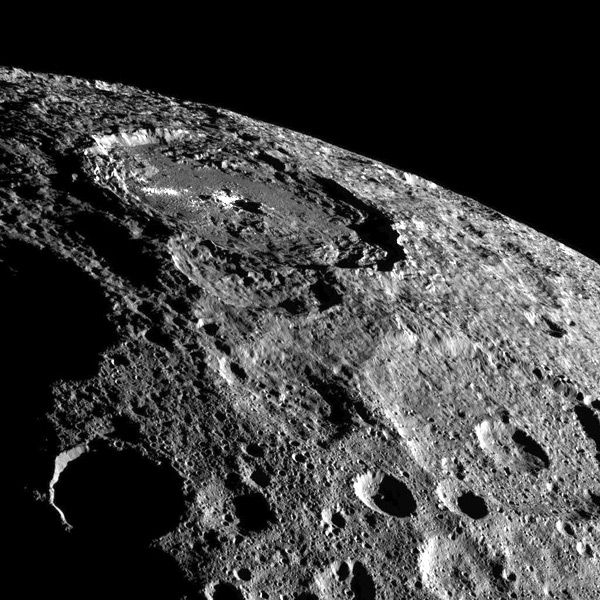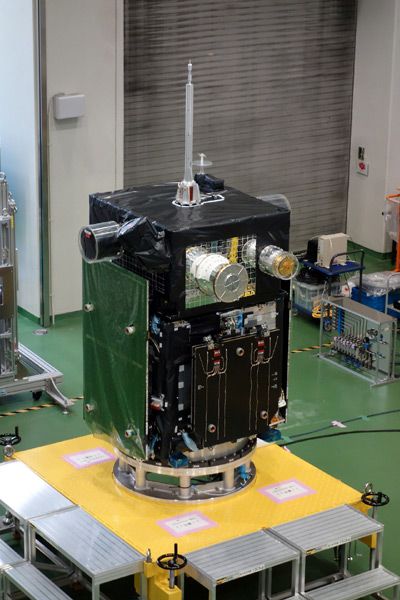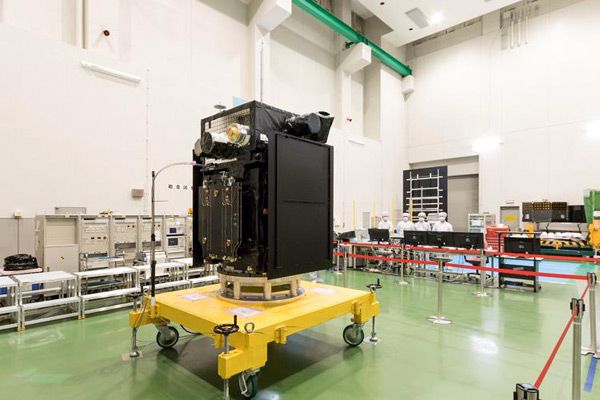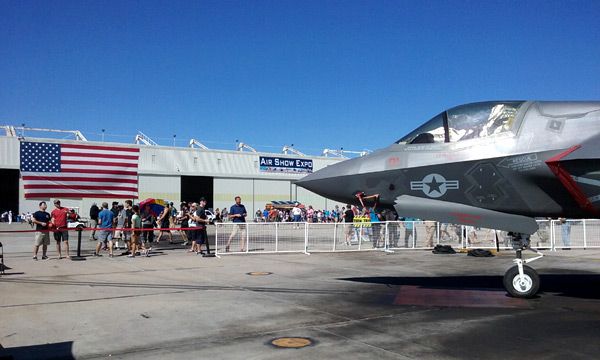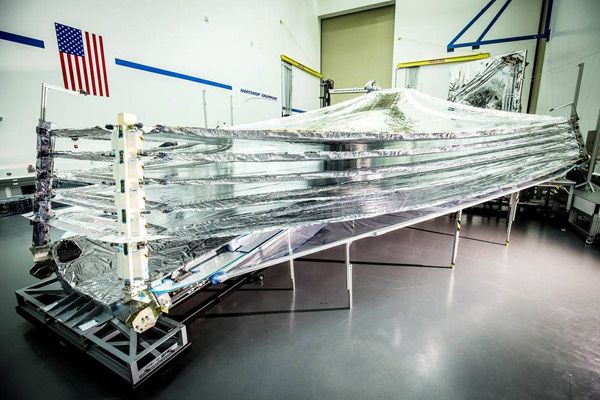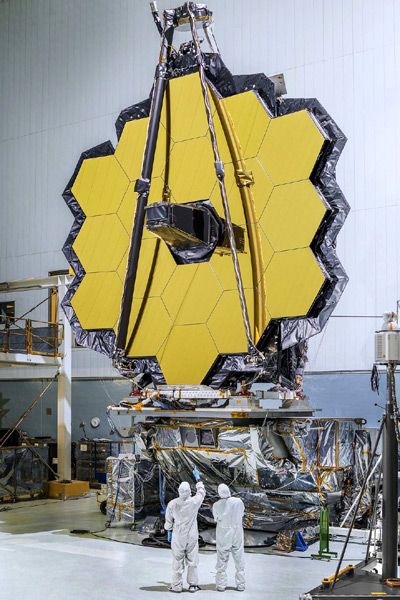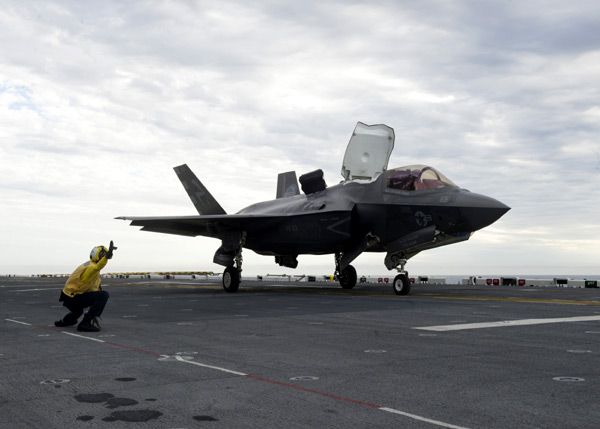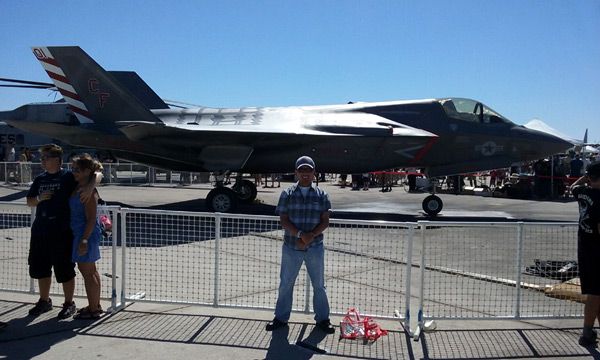
Just thought I'd end this month by raving about my favorite new TV drama, Designated Survivor. After so many years of saving U.S. presidents by breaking arms and shooting bad guys as Jack Bauer, Kiefer Sutherland is now saving America by being the POTUS himself. It's intriguing to watch Sutherland play President Tom Kirkman with the sort of dignity and charisma that will be missing from the real White House come January 20, 2017 (yes, I went there)...depicting a character that is the complete opposite of what Sutherland portrayed for nine seasons on FOX's 24 (this includes the 2014 mini-series 24: Live Another Day). Instead of solving political problems through brute strength, firearms and fury, Kirkman solves issues through diplomatic prowess and strong leadership... qualities that people underestimated in him early on in this season.
Designated Survivor has such a great cast surrounding Sutherland—with Natascha McElhone (who was previously on Showtime's Californication) as his wife Alex, Adan Canto as his chief of staff Aaron Shore, Italia Ricci (who was great as the villainous Silver Banshee on the former-CBS/now-The CW TV series Supergirl) as White House consultant Emily Rhodes, LaMonica Garrett as Secret Service agent Mike Ritter, Maggie Q as FBI agent Hannah Wells, Malik Yoba as FBI director Jason Atwood, Virginia Madsen as congresswoman Kimble Hookstraten (I just realized how weird that name sounds) and Kal Penn (who actually worked for President Obama in the White House) as press secretary Seth Wright. And let's not forget the main villain himself (spoiler alert): congressman Peter MacLeish, played by Ashley Zukerman, who looks like he could be the twin brother of either Jake Gyllenhaal or The Office's B.J. Novak.
With the winter finale airing next Wednesday (December 7), I can't wait to see how Designated Survivor will end in a mid-season cliffhanger. Will Peter MacLeish finally become vice president? Will Hannah Wells finally find herself in mortal danger (I'm glad she made it through tonight's episode in one piece...what with that guy in the car watching her snoop on Jason Atwood and that MacLeish conspirator on the rooftop)? Will there be another controversy unfold for the Kirkman family even after the mystery surrounding Leo's (Tanner Buchanan) biological father was resolved? (Spoiler alert: It's President Kirkman.) And just who is that whistleblower shown in the sneak preview for next week's finale? We shall see.
It's the awesome suspense in Designated Survivor, that—like 24 before it—makes me take Wednesdays off from work just to see how ABC's hit political drama continues to unfold. Along with Sutherland, fellow 24 alumnus Sean Callery also returned to compose Survivor's music score. (Kal Penn played a regular character in 'Day 6' of 24 ten years ago.) And like 24, Designated Survivor is compelling because it deals with timely issues that affect our country right now. Whereas 24's focus on terrorism was potent considering that it made its debut on television around the same time as the September 11 attacks in 2001, Designated Survivor's focus on a man who's learning the ropes after having the U.S. presidency thrust upon him applies to real life as well.
I'm not gonna fully elaborate on that last sentence above (otherwise, this entry will have six more paragraphs), but the man who most of America (unfortunately) voted for as president on November 8 showed numerous signs that he doesn't really want to be Commander In Chief. If footage of his meeting with President Obama two days after election night is any indication, Donald Trump is overwhelmed and stunned at the fact that he will (unfortunately) lead this country for the next four years. (Unless a miracle happens and he eventually emulates Richard Nixon...) It's sad that I myself watch Designated Survivor for the personal comfort of seeing a fictional president do a better job in the Oval Office than what the real president-elect will do come next January. Am I underestimating Trump? All signs points to no. If only Tom Kirkman were a real person, hah. But enough of the dreary real-world comparisons between actual American politics and a successful TV show... Designated Survivor is awesome. I can't wait to see what next week's episode, the second half of this season (and subsequent seasons, hopefully) will hold for this series. Hail to the Chief! That chief being President Kirkman, that is. Carry on.

